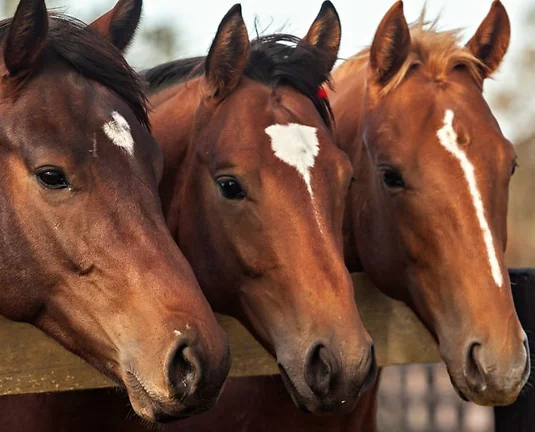Farm Drones – Steer Clear From Michigan’s 230 Airports
The Federal Aviation Administration ("FAA") carefully regulates the use of drones. Drone operators need to make sure they fly in compliance with FAA rules. One of the most burdensome FAA rules on drone flight – including agricultural drone flight – is the requirement that drones must not be flown within a five-mile radius of any airport.
Believe it or not, this is a wide-reaching geographical restriction for Michigan drone operators.
Michigan contains 230 active airports across the state. Many people are familiar with Michigan's largest airports – Detroit Metropolitan Wayne County Airport in Romulus, Gerald R. Ford International Airport in Grand Rapids, Detroit Willow Run Airport in Ypsilanti, and Capital Region International Airport in Lansing. However, the vast majority of airports in Michigan are small and are located in rural areas. For example, rural airports include Gross Airport in Pinconning, Randolph's Landing Area in St. Johns, and Jewett Field in Mason.
How to Avoid Flying Near an Airport
Before your drone takes flight, make sure you will be flying in compliance with the FAA’s rules and check whether you are in a non-restricted flying zone. To do this, we recommend using this FAA-managed webpage. The site contains an interactive map showing where drone operators can and cannot fly based on the location of airports and other restricted areas (including National Parks and athletic stadiums). Additionally, you can download the FAA’s mobile application “B4UFLY” (compatible with both iOS and Android devices) to make sure you are not operating your drone in restricted space.
Getting Approval to Fly in a Restricted Zone
Under the FAA rules, a drone pilot can operate their drone within restricted airspace only if they have approval from Air Traffic Control. (14 CFR § 17.41). The FAA also allows drone pilots to apply for a waiver of this requirement. A waiver allows the pilot to fly a drone within restricted airspace without Air Traffic Control approval. This is beneficial to a pilot who frequently operates within a five-mile radius of an airport. If you need to obtain a waiver, please contact us.
Penalties
If you do not get approval from Air Traffic Control and do not have an FAA waiver before you fly in restricted airspace, then you may face penalties. The FAA works with local law enforcement to detect and deter unauthorized or unsafe drone operations. Local law enforcement can utilize any laws falling within their jurisdiction to deter and punish unauthorized or unsafe drone operators. Once local law enforcement informs the FAA of any violations, the FAA will address the violations through administrative enforcement measures.
For non-egregious violations of FAA rules, the FAA will often send a letter explaining the violations and explaining how to fly in compliance with FAA rules. The FAA may also fine the operator. Examples of some fines and penalties include:
- The FAA fined Jose Padres $1,100 after he flew his drone too close to Logan International Airport in Boston, Massachusetts.
- The FAA fined Shawn Wyse after he flew his drone over a football game at the Memorial Stadium at the University of Texas.
- Shawn Usman crashed his friend’s drone on the White House’s front lawn. The FAA fined him $5,500.
Please contact Mike Cassar at 517.371.8110 or John Mashni at 517.371.8257 if you have questions regarding drones complying with FAA regulations.




